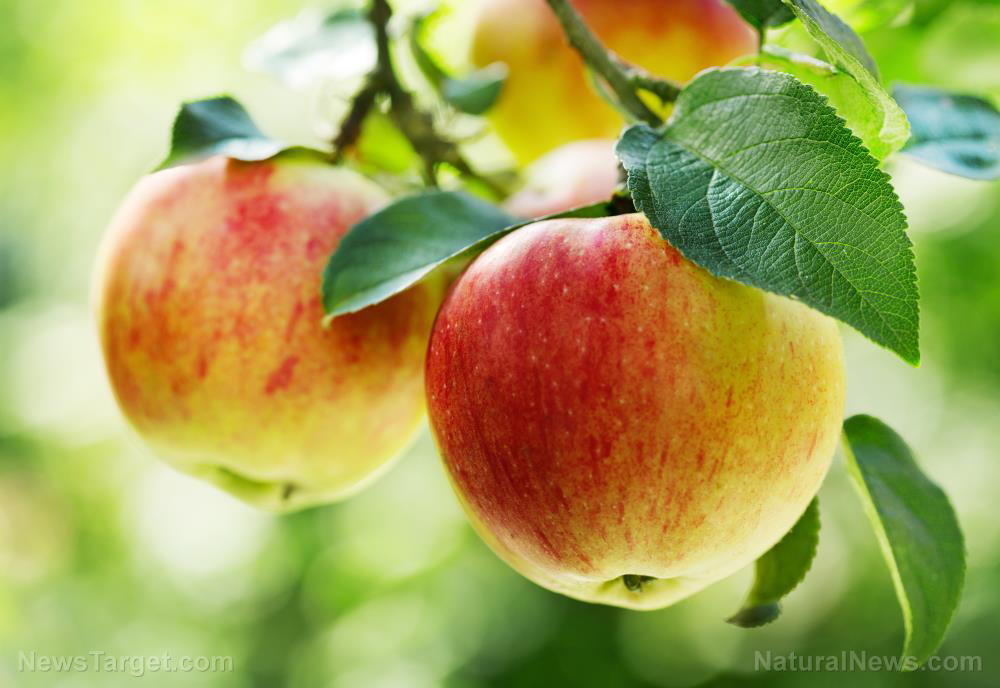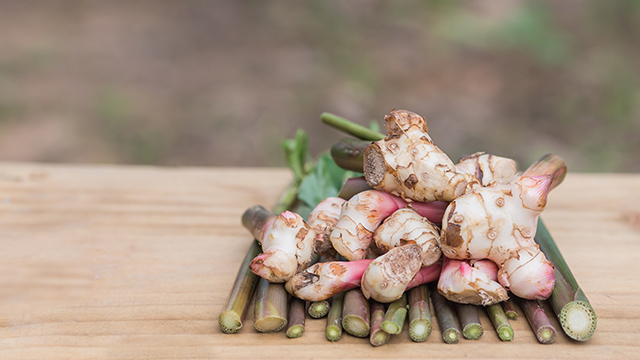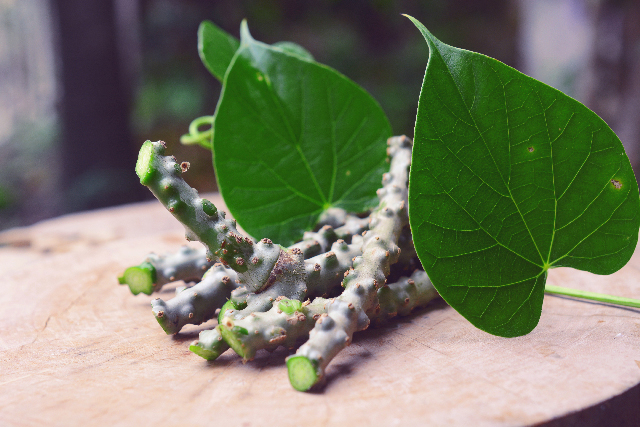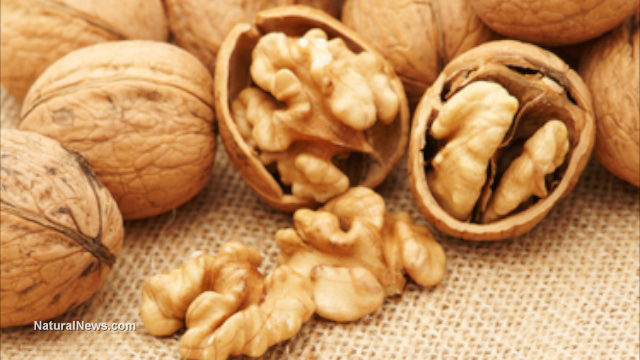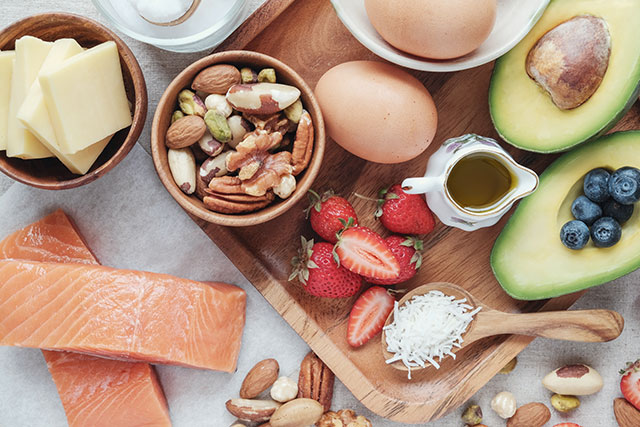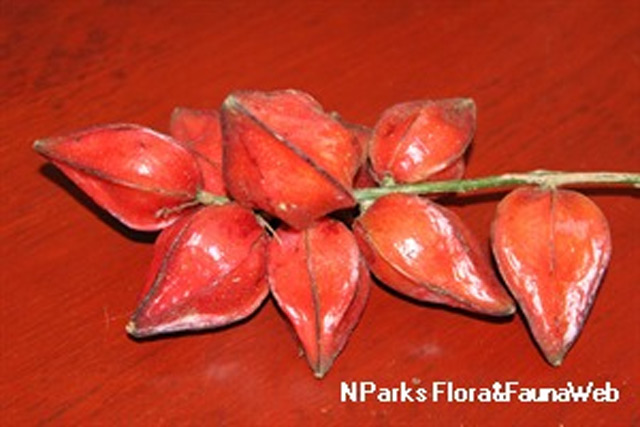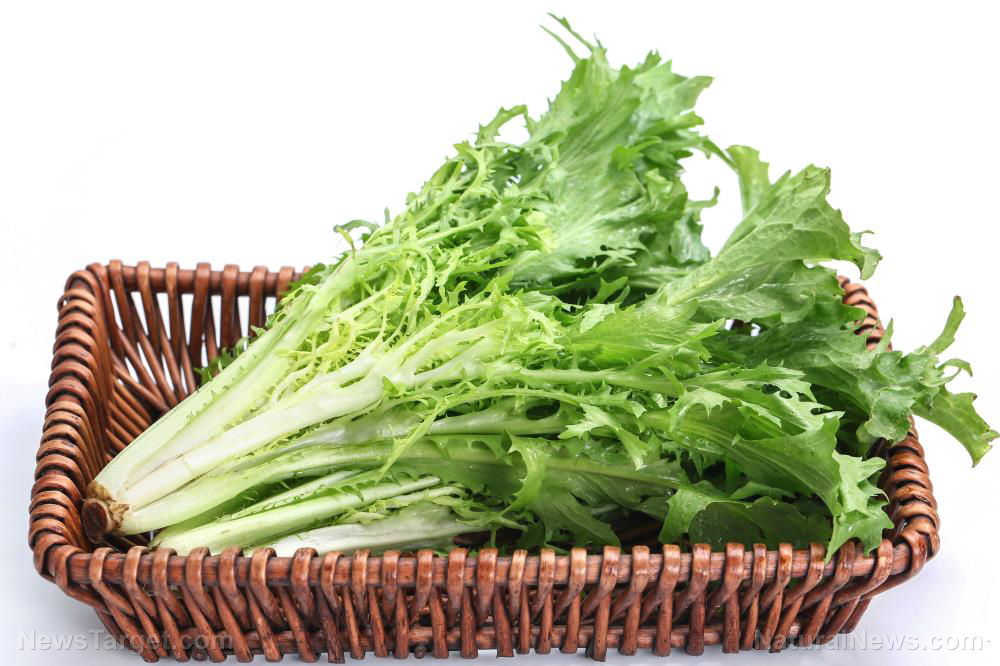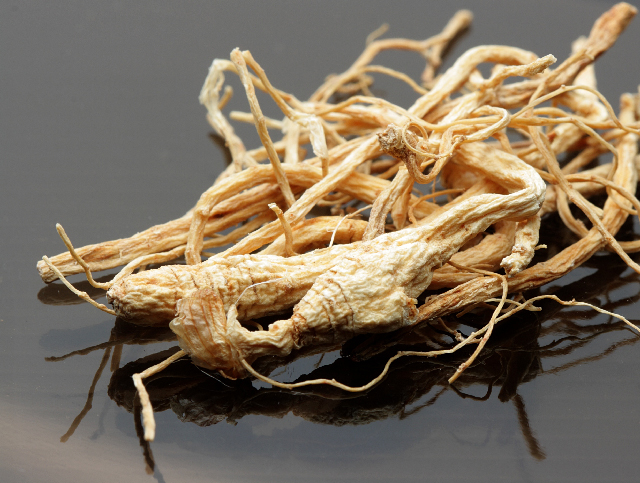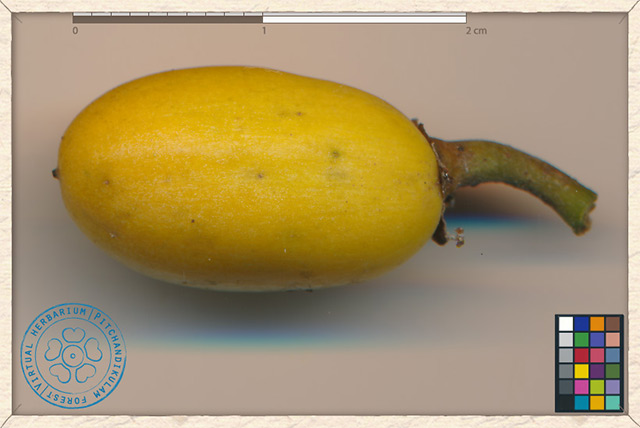This overlooked member of the citrus family has antioxidant, antidiabetes, and anticancer properties
05/22/2019 / By Evangelyn Rodriguez

Melicope lunu-ankenda (ML), also known as Euodia lunuankenda, is a member of the citrus family Rutaceae. It is a shrub native to tropical Asia and is used for food and medicine in many countries. In a recent study published in the Journal of Herbal Medicine, researchers from the Universiti Putra Malaysia examined this plant to determine its medicinal properties. Their findings revealed that it has antioxidant, antidiabetic, and anticancer properties.
The genus Melicope in traditional medicine
ML is a plant that belongs to the genus Melicope. It grows in dense forests, well-drained areas, and on swampy soils. The wood of ML is soft and weak, but it is still used in construction for paneling and moldings, and for manufacturing plywood. The leaves and flowers of ML, on the other hand, are believed to treat menstrual disorders like amenorrhea and fever, while its roots are commonly used to treat colds and rheumatism. In Malaysia, the leaves of ML are used not only as a condiment but also as a medicine to revitalize the body. Malaysians also use its flowers to treat hypertension and diabetes.
In India, ML is known to improve the complexion and stimulate blood flow in the pelvic area, so women commonly use it as an emmenagogue. In some parts of the country, the decocted root of ML is mixed with black pepper and salt to treat asthma and bronchitis.
In China, the fruits of Evodia rutaecarpa, a cousin of ML, is used to treat headaches and dysentery. In Vietnam, another cousin of ML, Melicope ptelefolia, is used to treat inflammatory conditions. Other plants from the genus Melicope, like Melicope elleryana, are used to treat infections like malaria in Papua New Guinea while Melicope triphylla is used to treat tuberculosis. (Related: Scientists look at a widely-used herb in Asia as a potential cancer treatment.)
The power of the elements: Discover Colloidal Silver Mouthwash with quality, natural ingredients like Sangre de Drago sap, black walnut hulls, menthol crystals and more. Zero artificial sweeteners, colors or alcohol. Learn more at the Health Ranger Store and help support this news site.
Leaf extract from M. lunu-ankenda increases glucose uptake and kills cancer cells
For their study, Malaysian researchers used two different cell lines, 3t3-L1 adipocytes and HepG2 hepatocarcinoma cells. 3t3-L1 adipocytes are fat cells derived from mice, while HepG2 is a human liver cancer cell line. Using ferric reducing antioxidant power (FRAP) assay, they found that the 60 percent ethanolic ML extract had high antioxidant activity. That same extract also contained phenolic compounds and flavonoids.
To determine if the ML extract has antidiabetic potential, they used 2-NBDG, a fluorescent indicator, to measure glucose uptake in the two cell lines. They found a dose-dependent increase in glucose uptake after ML extract treatment, suggesting that it could affect the insulin sensitivity of cells. The ML extract also proved to be highly cytotoxic against HepG2 but not against 3t3-L1 adipocytes, demonstrating its ability to selectively kill only cancer cells but leave normal cells unaffected.
A different study reported that a molecule called O-prenylated flavonoid isolated from the leaves of ML is associated with the plant’s antidiabetic activity. p–O-geranylcoumaric acid, a derivative of p-coumaric acid, is said to be the major compound present in ML leaf extracts.
The antioxidant activity of ML, on the other hand, is attributed to a compound called leptonol. Leptonol and another compound called evodione exhibit anti-inflammatory activity, which explains why ML is traditionally used to treat fever and other inflammatory conditions. As for its anticancer activity, coumarins like melilunumarin A, 6-deoxyhaplopinol, and marmesin are said to contribute to this effect. All three compounds exhibit chemopreventive and anti-proliferation potential against cancer cells in vitro. Their half maximal inhibitory concentration values are also reported to be comparable to curcumin.
These findings demonstrate that ML is a medicinal plant that can be used to treat cancer and diabetes.
Sources include:
Tagged Under: alternative medicine, anti-diabetes, anticancer, antidiabetic, antioxidants, cancer cures, Cytotoxicity, diabetes, disease treatments, Euodia lunuankenda, fever, food cures, food is medicine, functional food, glucose uptake, infections, inflammatory conditions, leaf extract, Melicope lunu-ankenda, menstrual disorders, natural cures, natural medicine, prevention, research


